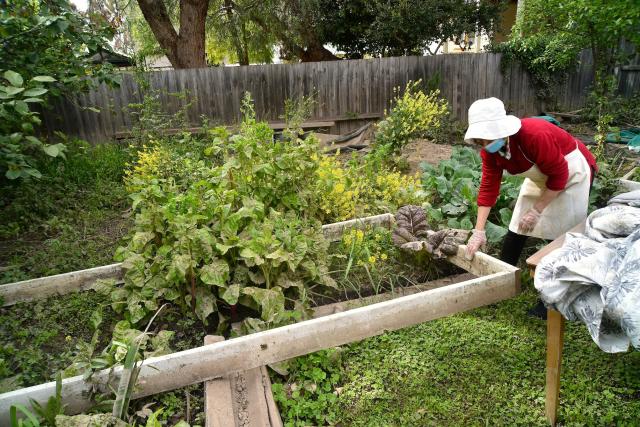Flood-affected Maribyrnong homeowners who have a fruit or vegetable garden in their backyard are advised to clean all produce before consuming it.
The Environment Protection Authority [EPA] Victoria is warning that fruit and vegetables which have been in contact with floodwaters may need to either be thoroughly washed or even thrown out.
EPA chief environmental scientist Professor Mark Taylor said all flood waters should be considered to be contaminated.
“Some fruit and vegetables will be salvageable simply by washing them, but if your garden was flooded in the recent heavy rain events experienced around the state, if there’s any doubt, we always advise to be cautious and throw them out,” he said.
Professor Taylor said recent EPA floodwater testing detecting highly variable rates of contamination by location and date of testing is heightening the need for caution.
Fruit and vegetables which have been in contact with floodwaters which should not be consumed under any circumstances include leafy vegetables, such as spinach, cabbage and lettuce or produce which was damaged before the flood event.
The EPA is advising residents to avoid eating soft fruits, such as strawberries or raspberries.
Vegetables with protective shells, husks and skins should be washed, peeled and cooked before eating, while fruits and vegetables which were immature at the time of flooding should still be washed thoroughly before eating.
EPA’s soil testing program is continuing from flood-affected areas with results helping communities with their clean up efforts.
The most recent water quality testing conducted on Wednesday, November 23 recorded the highest concentration of E.coli was at Solomon’s Ford – at 1300 MPN (most probable number), while it is advised that levels must not exceed 550 MPN.
The testing conducted on November 23 also detected levels at Pipemakers Park were at 820 MPN and at 730 MPN at the Footscray Rowing Club location.
Details: 1300 EPA VIC (1300 372 842) or www.epa.vic.gov.au/for-community/environmental-information/water/heavy-rainfall-events/how-to-manage-waste-after-a-flood/health-risks-from-flood-waters







